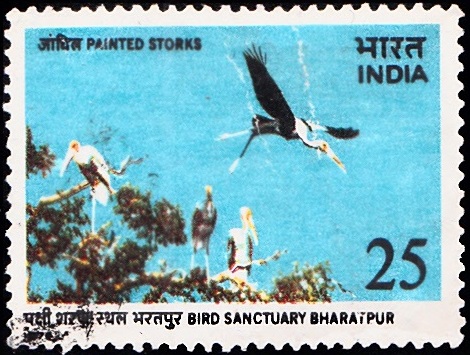
Bird Sanctuary, Bharatpur
A commemorative postage stamp on the Keoladeo Ghana National Park, formerly known as the Bharatpur Bird Sanctuary :
Issued on Feb 10, 1976
Issued for : In view of the wide range and the large number of water-birds found in the Ghana Bird Sanctuary, the well-known National Audubon Society of U.S.A. has chosen this Sanctuary to hold its Ecology Workshop from February 9 to 11, 1976.
The P & T Department is happy to bring out a special postage stamp on the Ghana Bird Sanctuary, Bharatpur to mark the occasion.
Description of Design : The design of the stamp is horizontal and depicts the painted storks of Bird Sanctuary, Bharatpur.
Lay–out of design by : Shri Charanjit Lal
Type : Stamp, Postal Used
Colour : Multicolour
Denomination : 25 Paise
Overall size : 3.91 X 2.90 cms.
Printing size : 3.56 X 2.54 cms.
Perforation : 13 x 13
Watermark : Printed on unwatermarked adhesive stamp paper
Number printed : 30,00,000
Number per issue sheet : 35
Printing process : Photogravure
Designed and printed at : India Security Press
About :
- Keoladeo Ghana Bird Sanctuary, Bharatpur, Rajasthan is one of the most spectacular water-bird sanctuaries in the world and offers a magnificent display of indigenous breeding birds and winter migrants.
- The sub-tropical climate in the sanctuary together with its extensive aquatic vegetation and profusion of trees provide ideal conditions for nesting. Soon after the south-west monsoon, Indian water-birds like cormorants, darters (snake-birds), spoonbills, white ibises, egrets, the grey heron, the painted stork, the open-billed stork begin to nest usually in congested, mixed colonies, on trees partly submerged in water. The nesting colonies are mainly sited in the hundreds of acacia, (babul) trees that dot the marsh.
- By the time the north-east monsoon and the winter arrive, these birds have raised several broods and generally reached the end of their strenuous breeding enterprise. They are now free to fly over to feeding grounds close by or far away.
- In winter, migratory birds arrive from regions as distant as Russia (Siberia) and northern Europe by November. The magnificent Siberian crane and a variety of duck, geese, sandpipers, plovers and others descend in vast numbers on the large, shallow sheets of water in Ghana and spend a few months around these feeding grounds, wintering with us. They return to their homes in the cold north by the end of February.
- Some indigenous water-birds that have completed their breeding enterprise elsewhere in India also migrate to the Ghana Sanctuary. For instance, among the three kinds of pelicans found in the sanctuary in December, the rosy and the Dalmatian pelicans are migrants from outside the country, but the third, the grey pelican, breeds in India itself. The indigenous birds commence their nesting enterprise by mid-September and depart by about March.




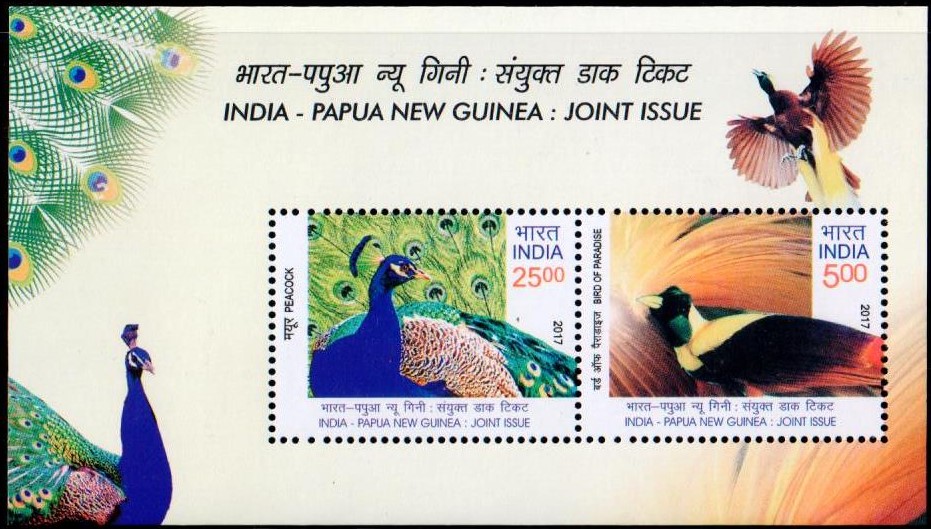
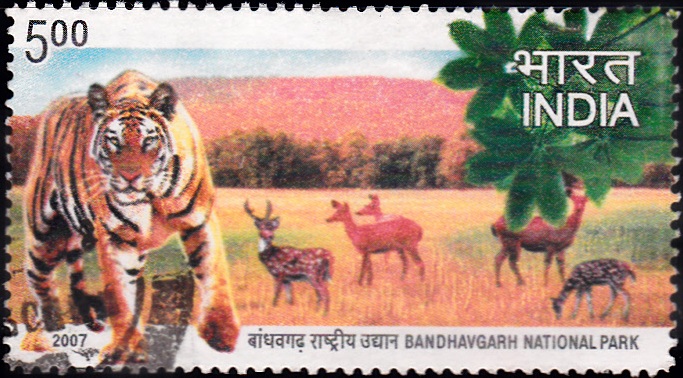
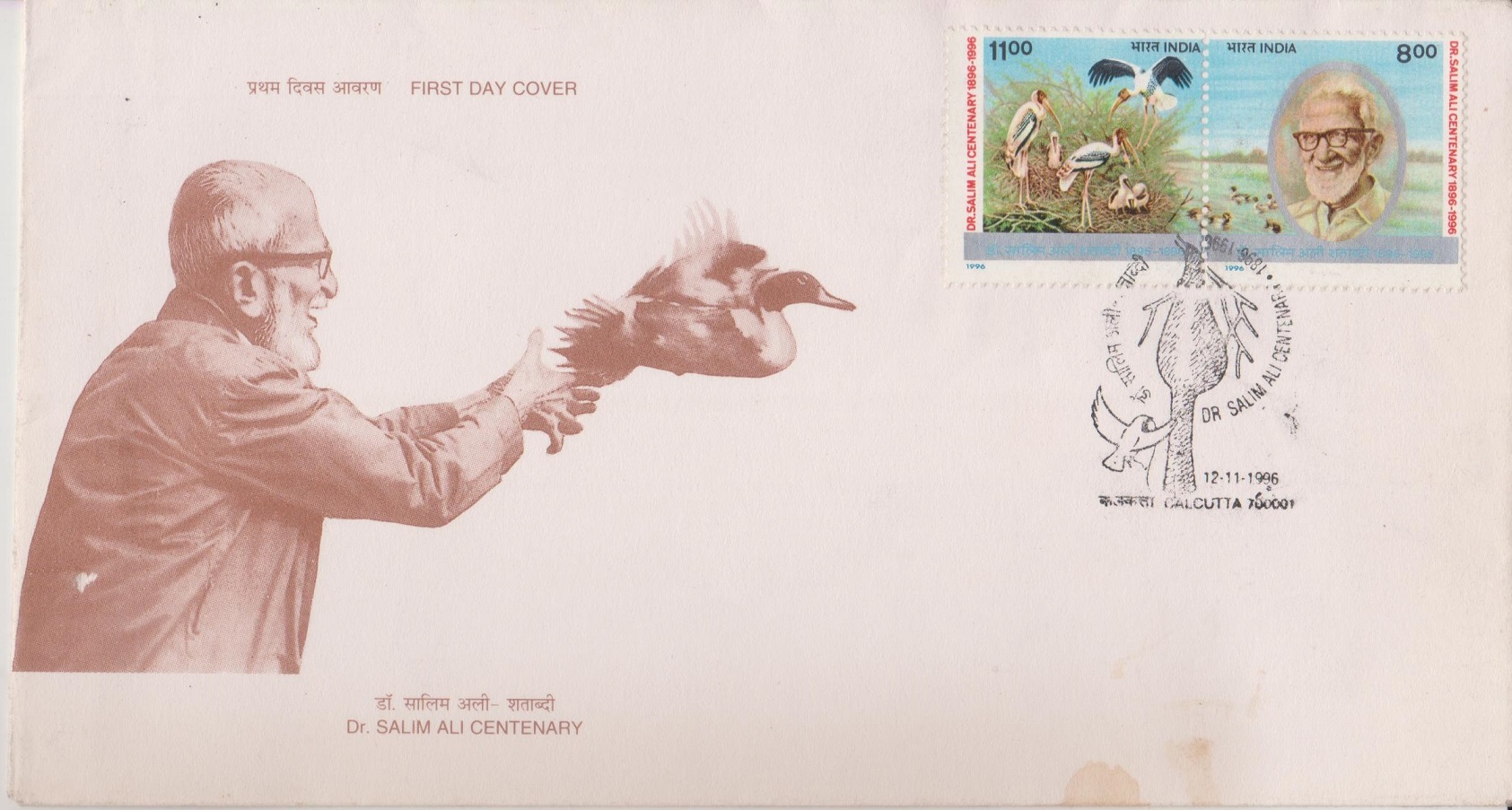
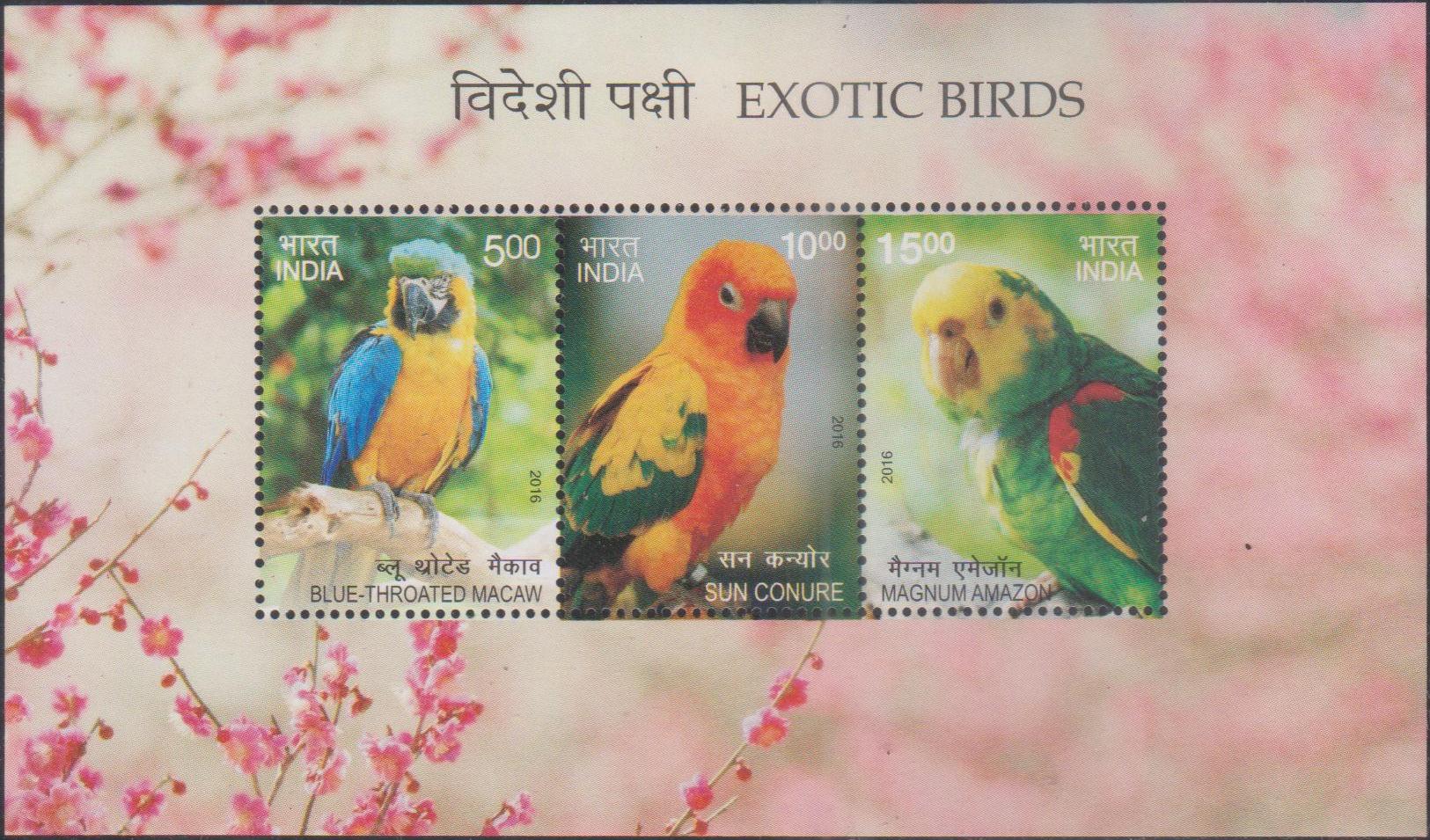
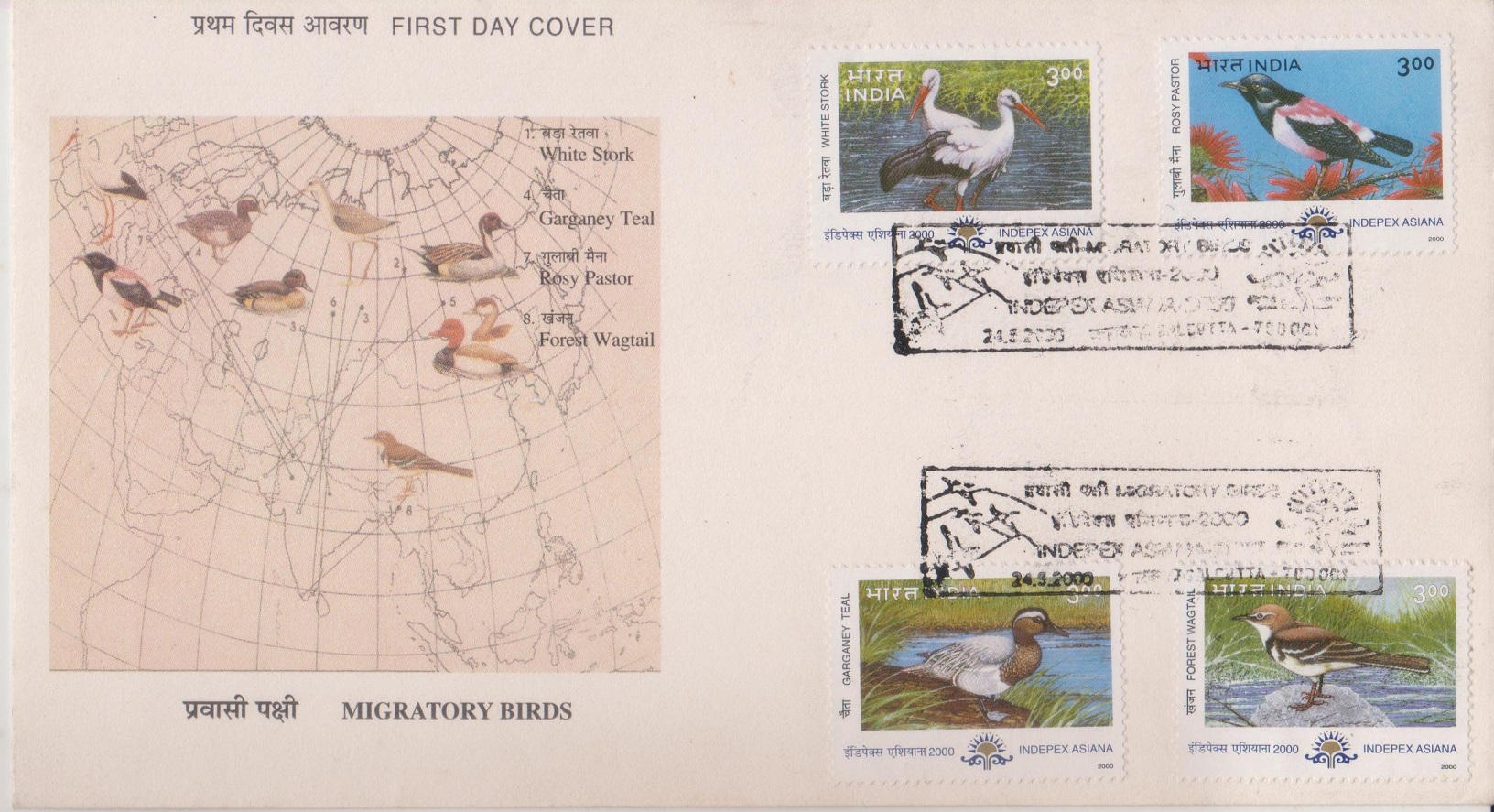
[…] in the Soviet Union, a small flock continues to migrate to India flying 6500 kms. to winter in Keoladeo National Park at Bharatpur (Rajasthan). During the winter of 1981-82, 38 birds were counted at Bharatpur. The […]
[…] India. In 1982-83, 36 of these birds successfully completed the torturous 4,500 KM migration to the Keoladeo National Park in Bharatpur, India. An intermediate 2-3 week stop-over is made at lake Abi-i-Estada in Afghanistan […]